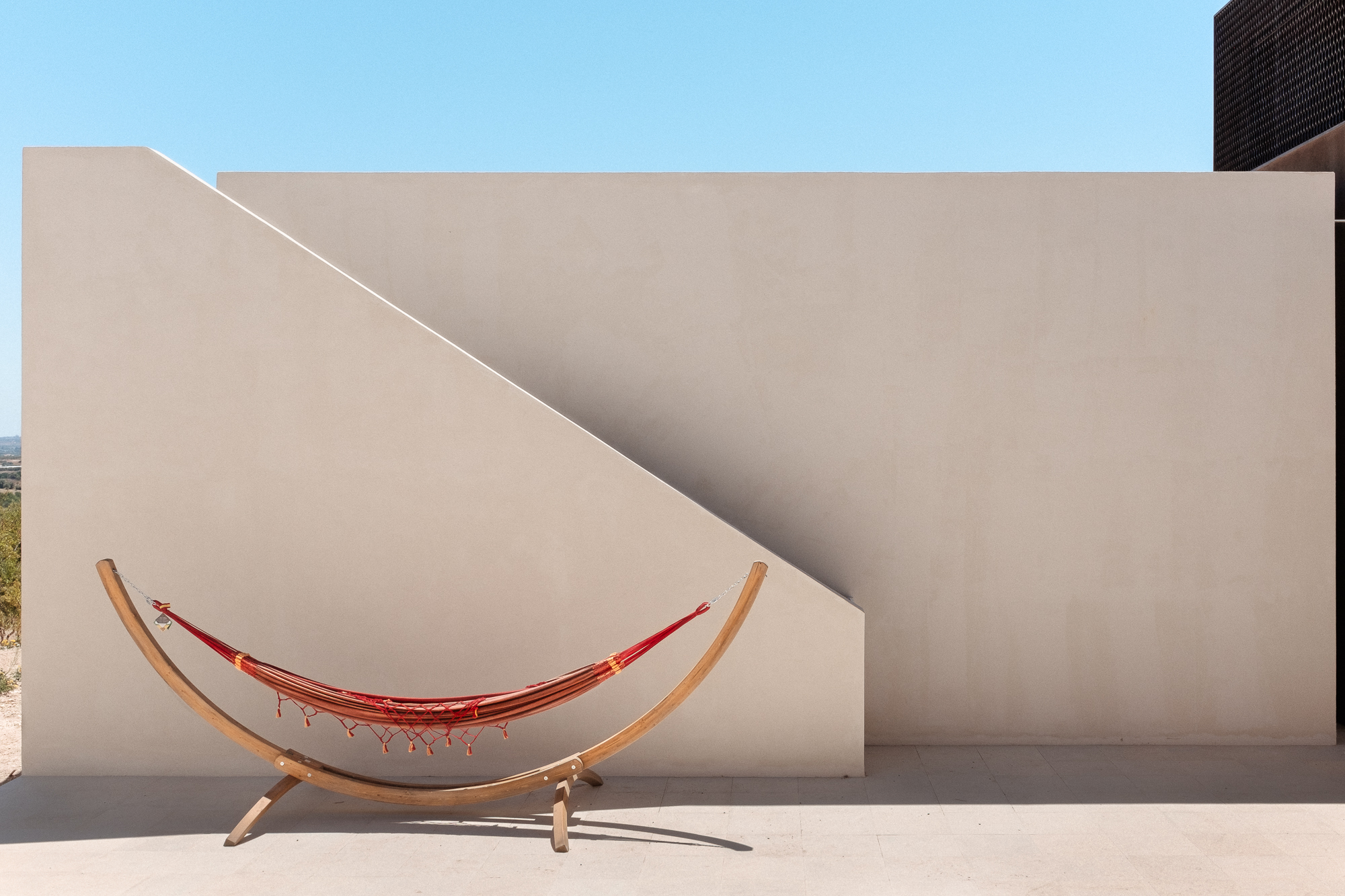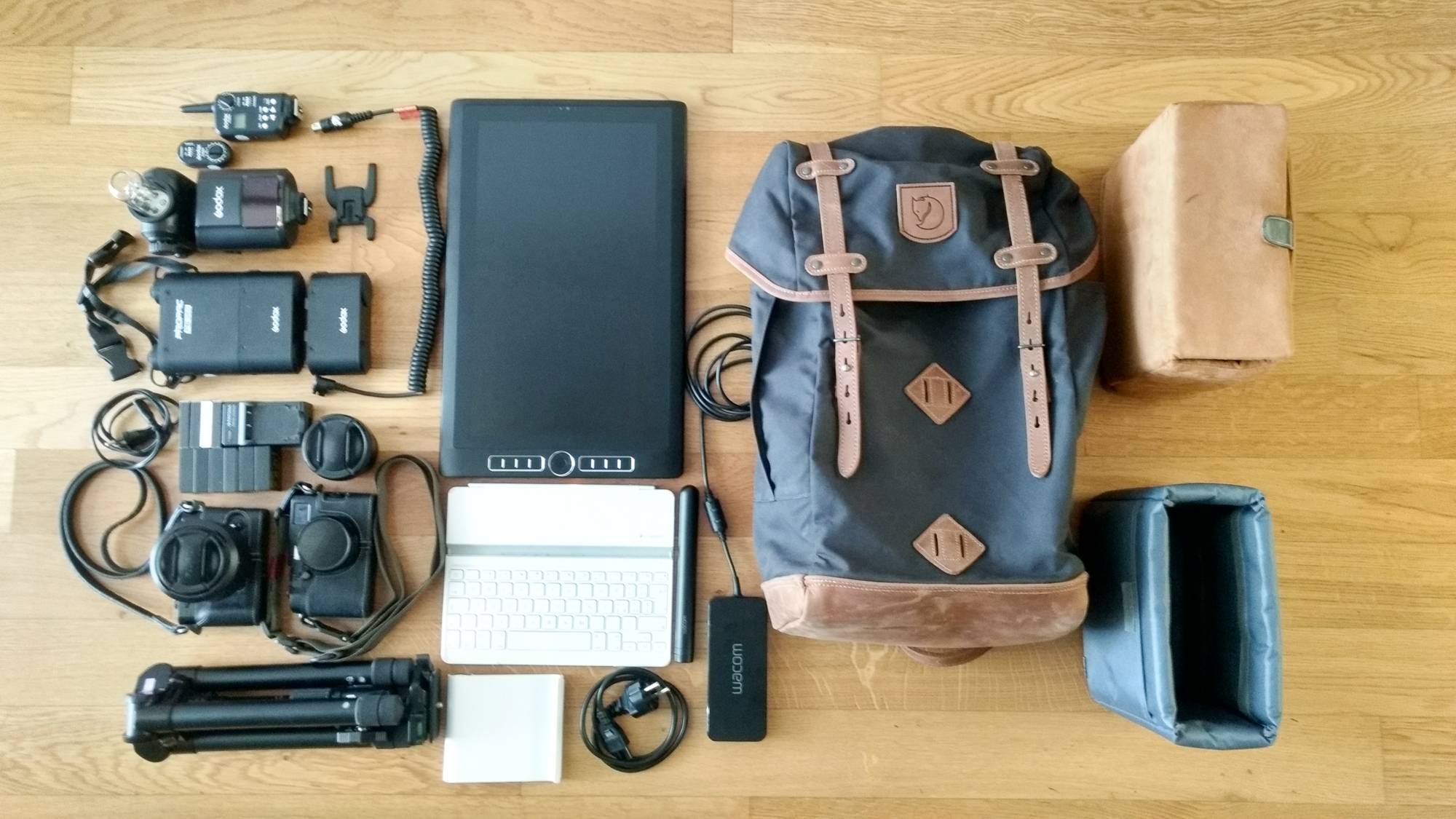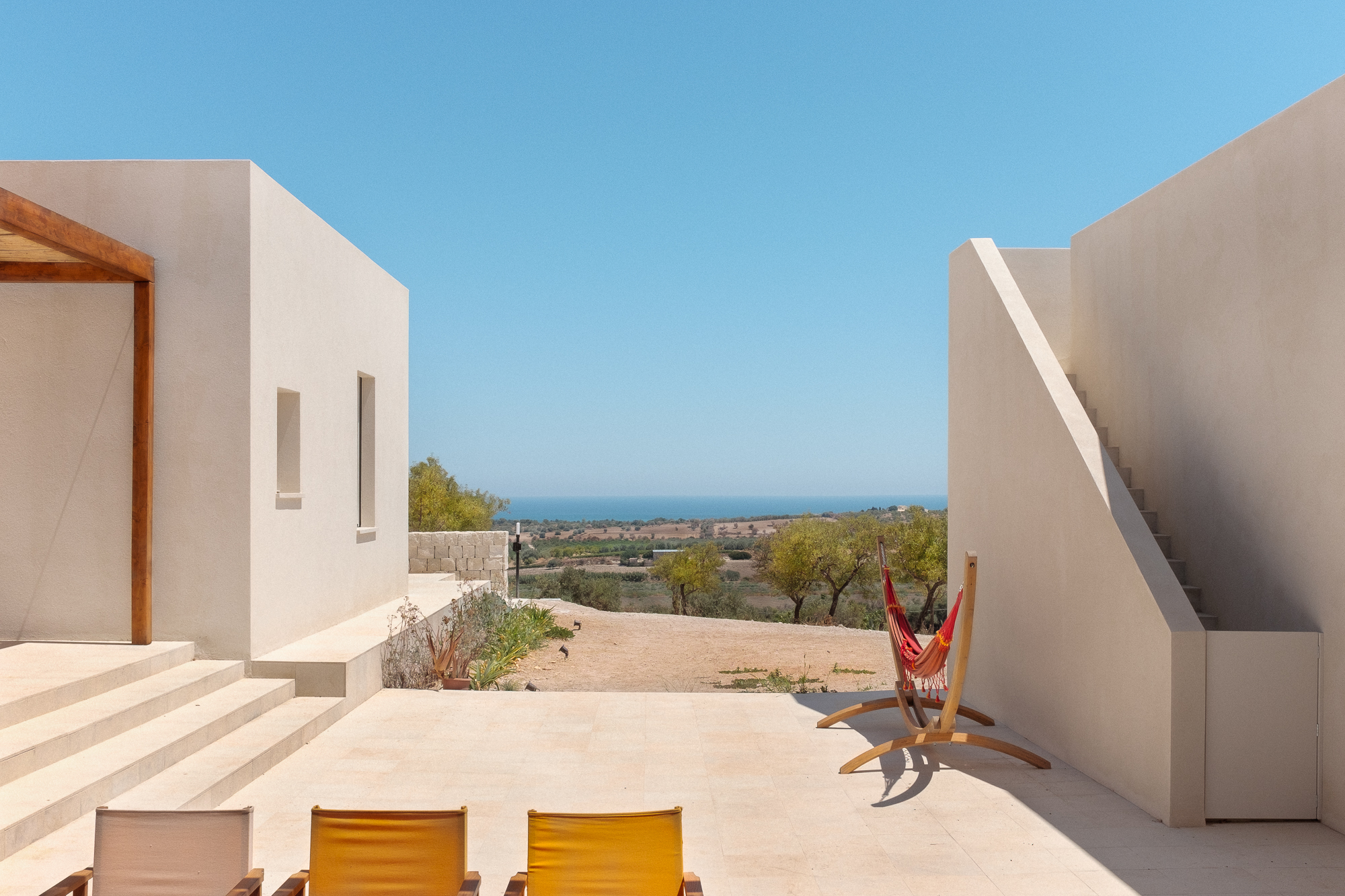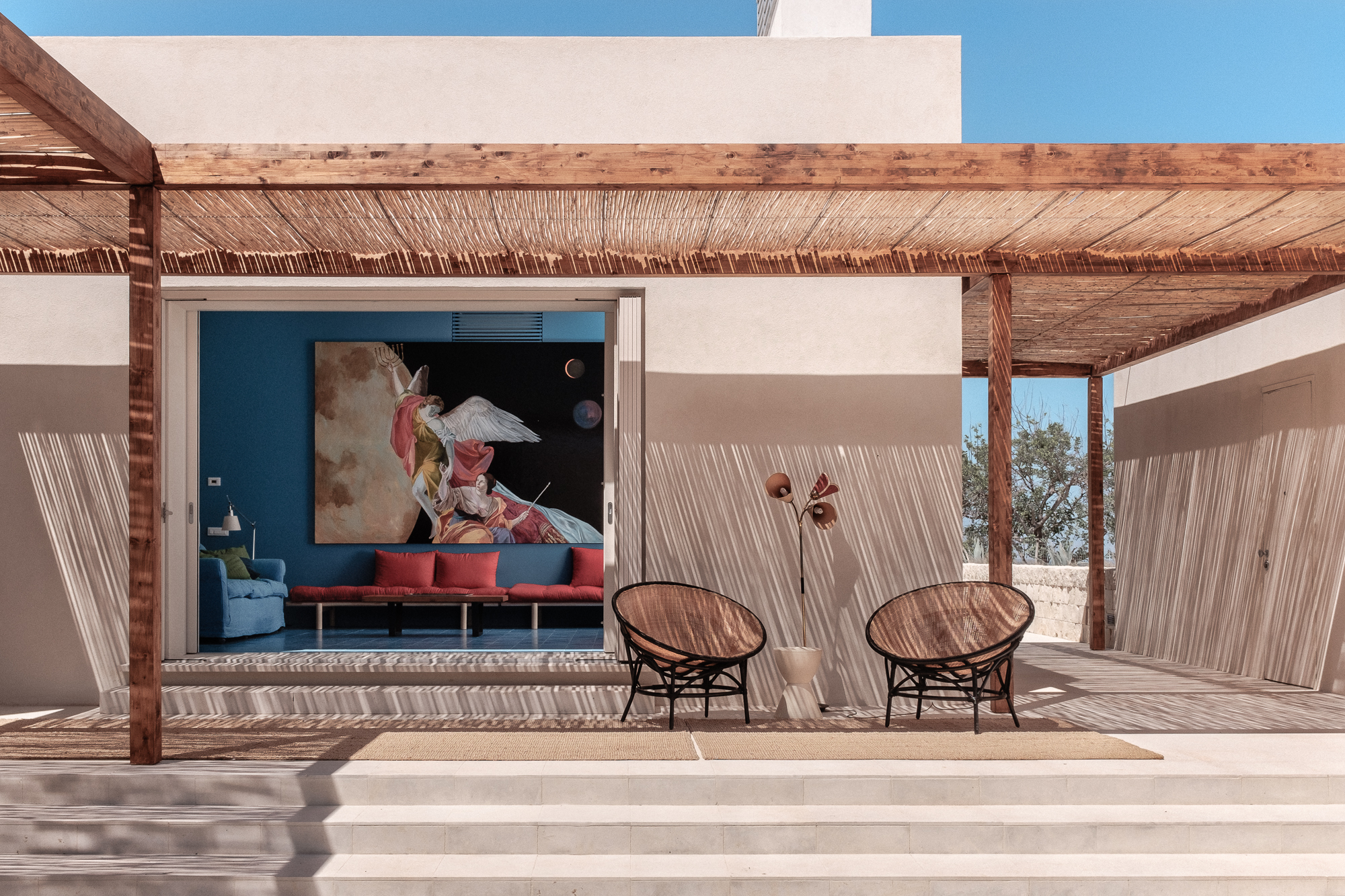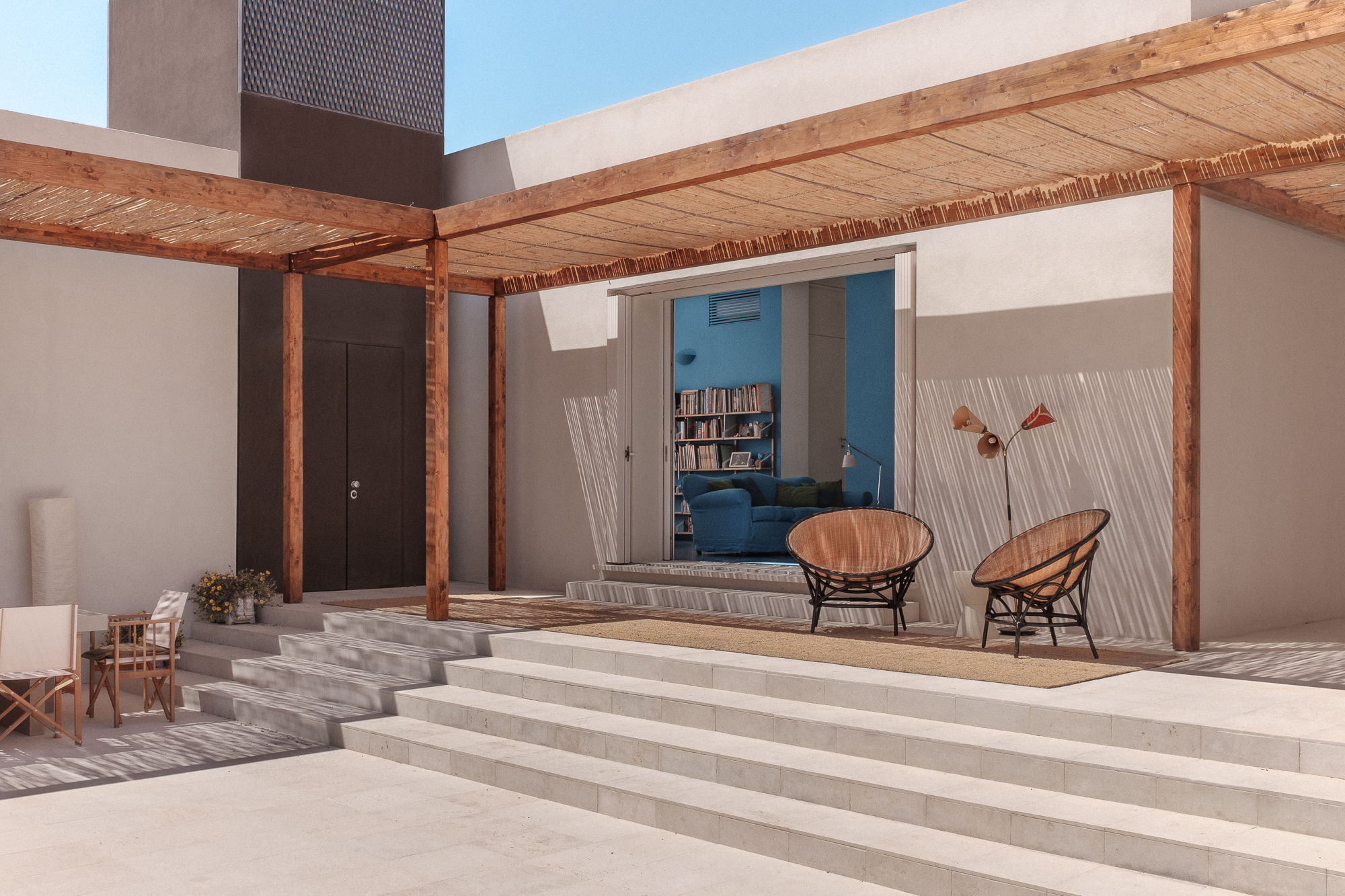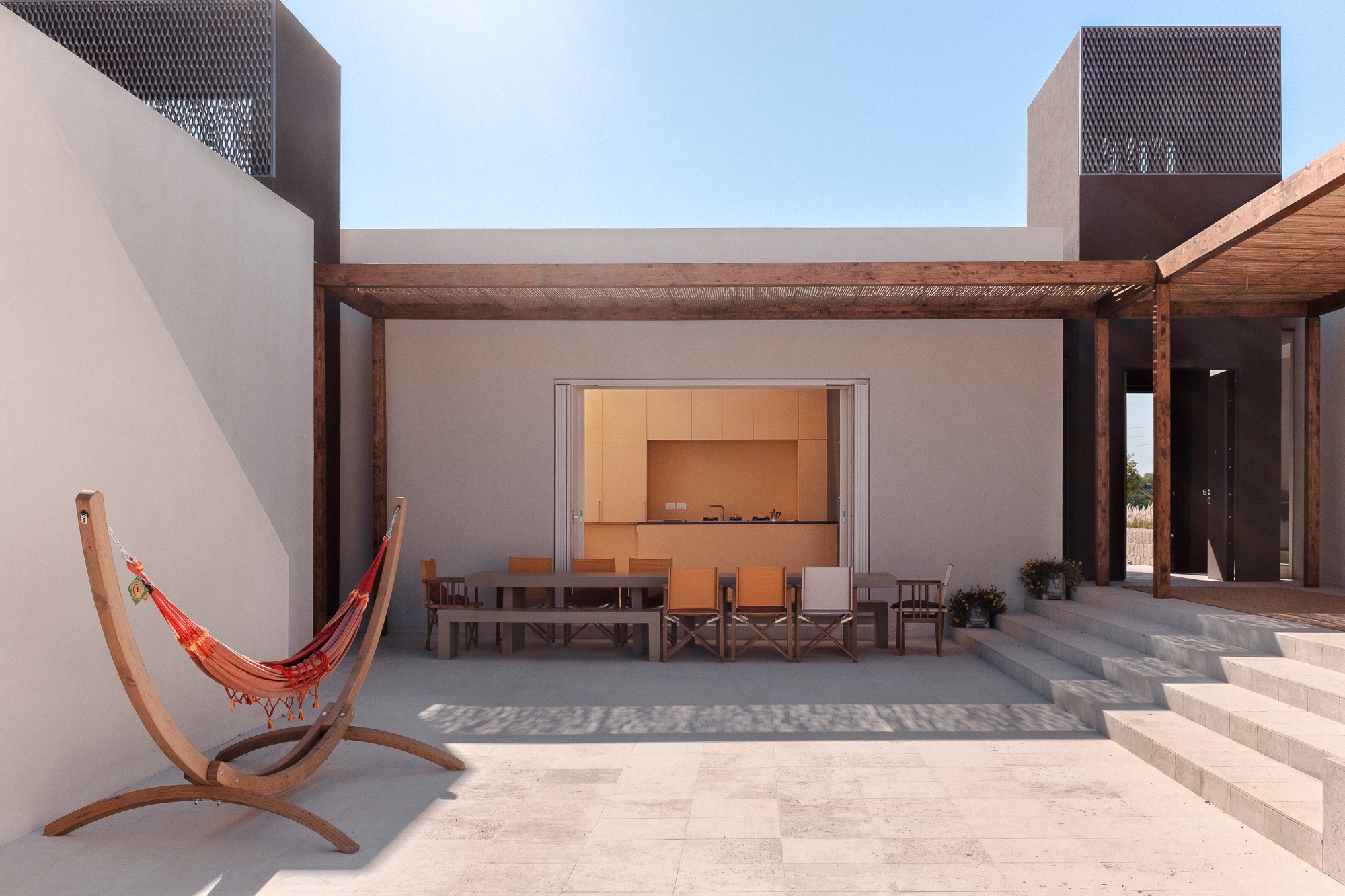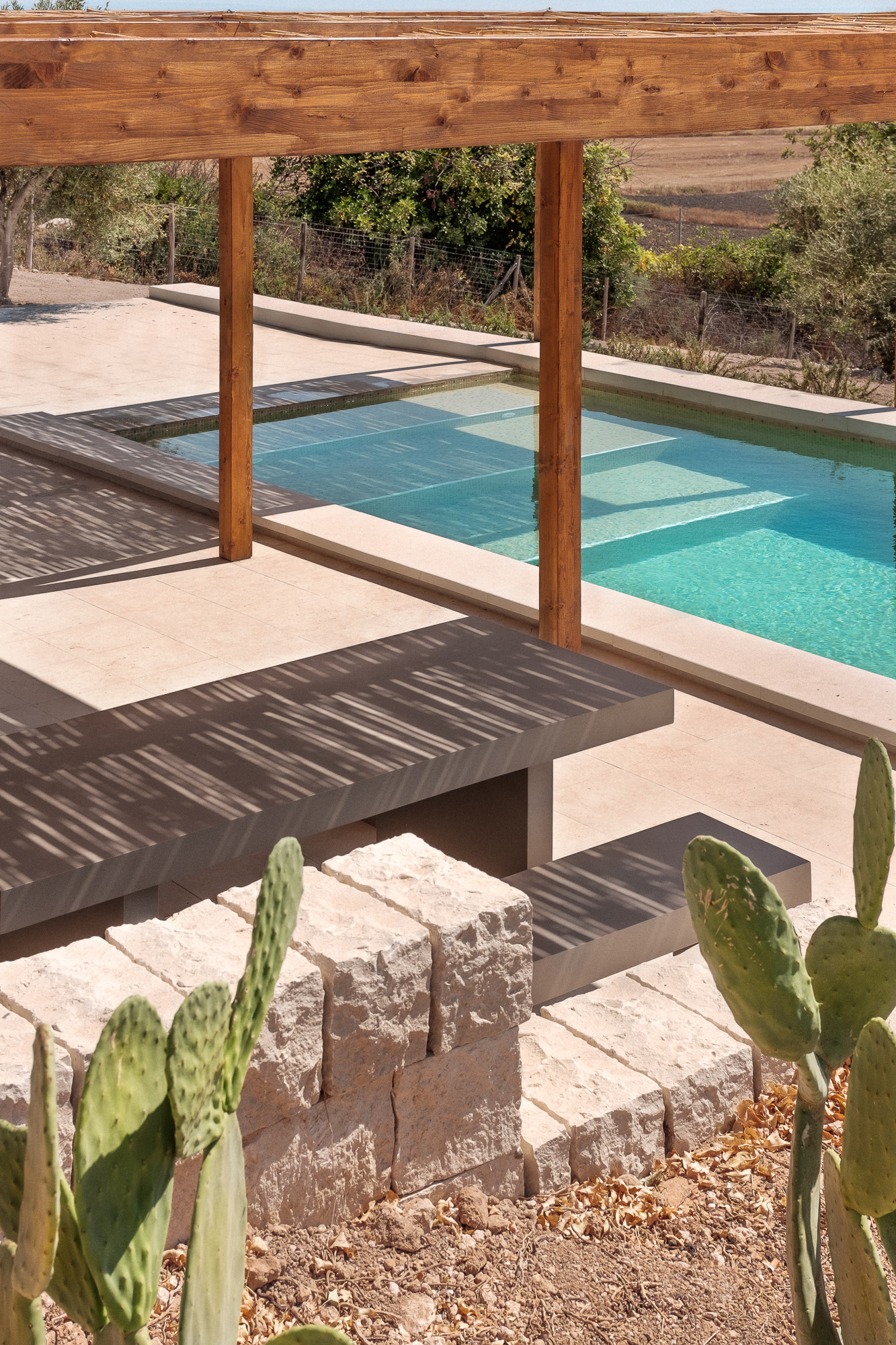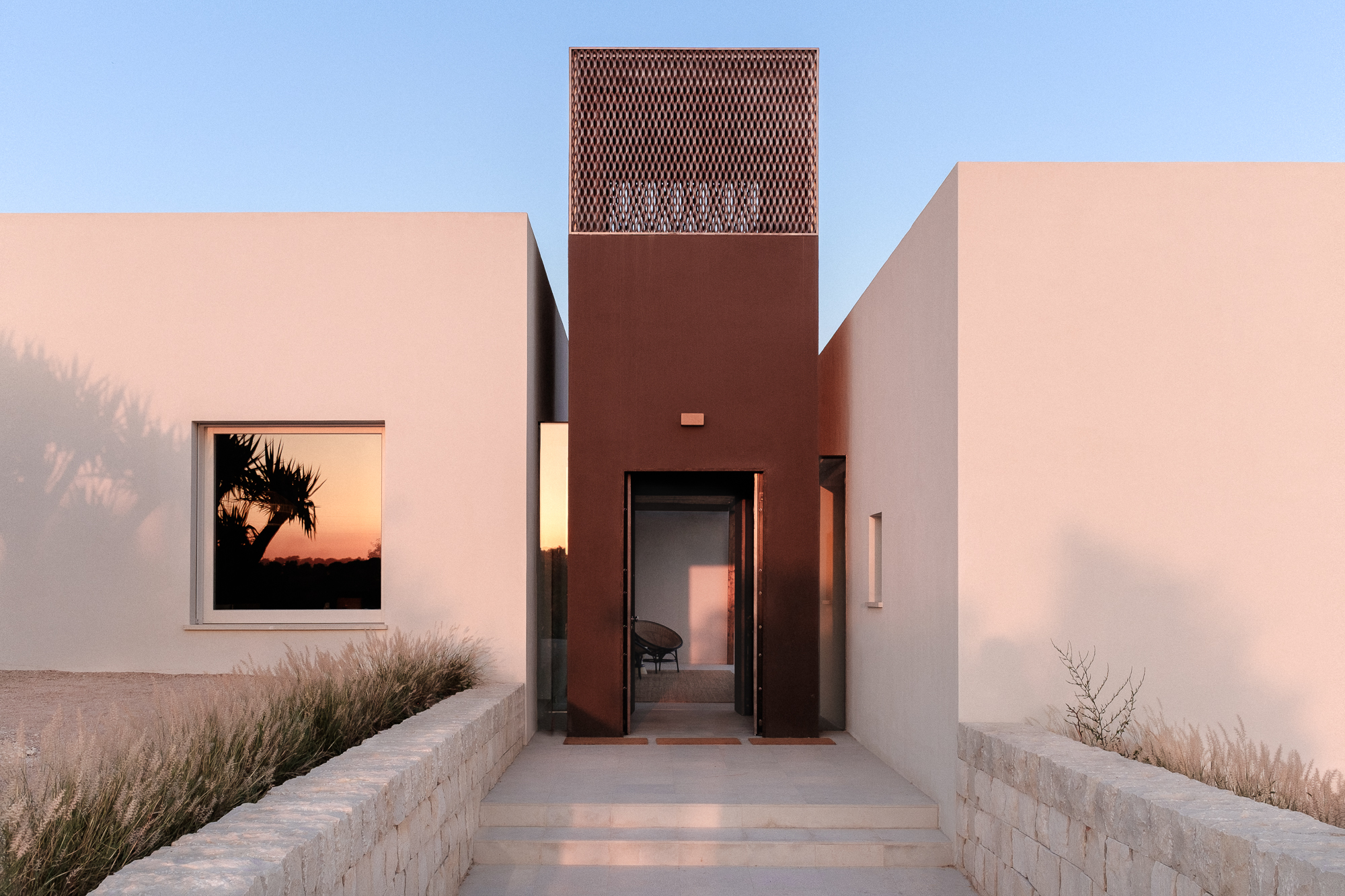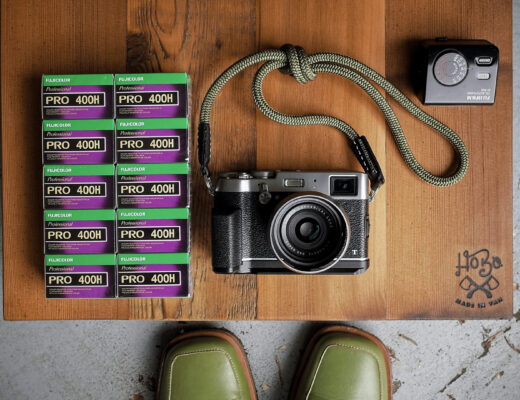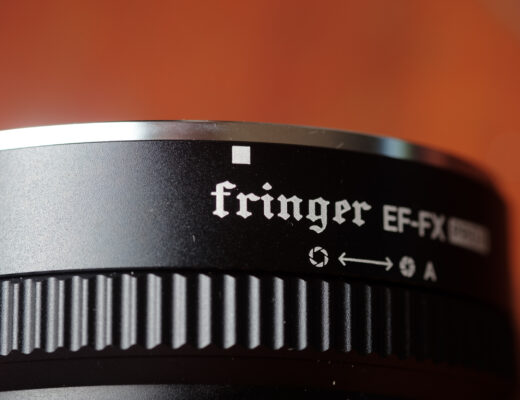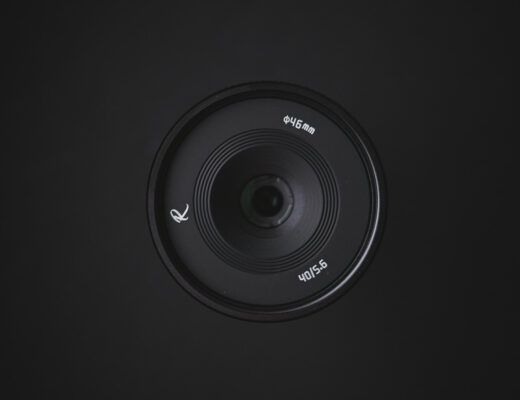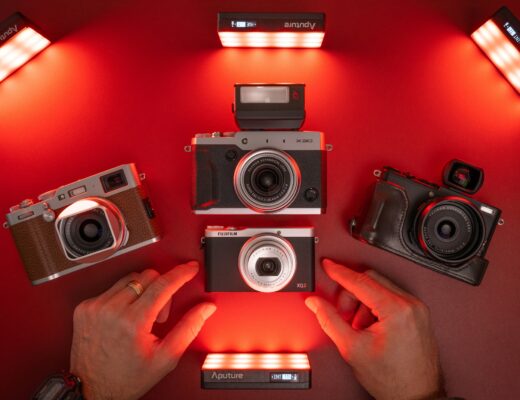Those readers among you who follow my articles since some time already know how a big fan of the X100T I am, as a pocketable, ultralight, beautiful and fun camera that doesn’t compromise on the image quality. I developed my whole “ultra portable” studio set-up around it, then I added the teleconverter for that 50mm look I need sometimes, and eventually got a X-T10 (recently updated with an X-T20) with the 56mm for the 85mm look. The thing is, since I got the X100T I fell in love with it and I never hesitated to test it on harder and harder shootings.
The latest in this list of “tests” was to use the X100T for an architectural shooting. Last July I’ve been invited to spend a week with my family in a beautiful, and brand new, design villa in the fascinating area of Noto (Sicily). The owner of the villa is one of my cousins, and very talented architect, who designed the villa and directed the construction, which ended just the week before we arrived. She asked me as a favor to shoot a few photos of the villa for her portfolio, so I had to pack enough gear for the job while travelling with my wife and my two daughters, one of which is a toddler.
If you have kids, you’ll know how much space they occupy in terms of luggage, especially when they’re very small, so between the trolley, the car-seat, the small car-seat for the older, the bag for changing diapers, and so on, we had already filled three quarters of what was allowed by the flight company to bring along. Add the clothes and you’ll understand how little space I had left for the gear. Yet, I managed to fit everything I needed, and even a little extra. Let me show you (and please forgive me for the quality of the gear shot, I took it with my phone immediately before packing and leaving for the airport).
I started by packing the PC because I knew I would have needed to check the shots, day by day, with the architect to see what worked and what not in terms of composition. Luckily my workstation, a 16” Wacom Mobile Studio Pro, is very portable. I added a ultra slim Bluetooth keyboard (something I had from my former iPad), a foldable stand, the Wacom pen and the charger.
Secondly I packed the flashes. Well, the flash, a single one, because of (the lack of) space. With the space that my Godox Widstro AD360 occupies, after adding two batteries and the charger, I could have easily packed two normal flashes and create more interesting light schemes, but I needed that extra kick (and what a kick!) of the AD360 to compensate for the Summer sun in Sicily. I added the trigger, the receiver, the battery cable, and a Godox multipurpose diffuser. The latter is a nice piece of equipment that opens up as an umbrella but works as a beautydish or as a softbox depending on the diffusers I put on top of it. Very flexible and super small.
At last I went for the camera. The X100T, its teleconverter, one ultra-foldable tripod, lots of batteries and a charger. You’ll notice there’s more than that in the pic I shot before packing everything: the X-T20. Since I had managed to save some space with the flash, and since in the meantime I had been booked for a portrait session with and actress that was in Sicily at the same time, I added the X-T20 with its tremendous portrait 56mm lens in the mix. While it had been more than useful at the portrait session, I barely used it for the architectural shooting, and mainly for detail shots.
I managed to safely pack the whole set-up in my Rucksack No.21 Large. I used a couple of padded containers to keep the cameras and the flash from bouncing around in the backpack.
My initial idea was to use the whole week for the shooting, by taking each angle at its best light conditions during the day. The plan was simple: enjoy the villa and shoot when it’s best, a little every day. But once there I realized how naive I had been by even thinking such a plan could work. The place was full of kids (my cousin’s and some of their friends’ sharing the villa the same week as us), which means constantly busy and usually messed with toys here and there (not to say everywhere). With two toddlers in the house, the kitchen was constantly in use, and so where most of the other rooms. When was it best to shoot, then? Basically never.
So, with my cousin, we planned it differently: one day we asked everyone to go to the beach, and had the cleaning ladies take care of the rest. I started shooting room by room as soon as the cleaning ladies had fixed one, but for the exteriors I had to wait that they had finished, which happened to be around lunch time, with the worse natural light conditions I could face. Nor I could wait for the late afternoon, since the kids and toddlers came back for naps, showers, and whatever, soon after.
So, considering that I had to shoot under the most direct and powerful sun one could have hitting on a villa, that I had only one flash and very little time, how did the X100T perform? In one word, wonderfully. The lens is a superb 35mm equivalent, with very little distortion and such a good definition that any little perspective defect can be easily fixed on Lightroom without image quality loss. I stopped it down between f8 (the shot of the pool) and f14 (the diagonal shot with the blue living room), and kept the ISO at 200, a perfect combination to get most of the details. The only shot I had at a higher ISO and wider aperture is the one at sunset, when I managed to sneak out of the villa and get one photo of the sunset hitting its windows and walls.
The strong Summer sun in Sicily forced me to use fast shutter speed, up to 1/680th. I didn’t go so far when I used the flash to light up the interiors, since I was working without HSS (which eats part of the flash power, and I needed it full to compensate for the external, natural light from the sun), but I still managed to synchronize my X100T and my Godox 360AD up to 1/340th without any shutter curtain effect or any other issues. I didn’t really test if I could have gone any faster, so that might even be an option. Impressive.
The X100T 16MPx sensor, even if not the latest on the market, gave me enough dynamic range to open up the shadows while keeping down the highlights, something remarkable if you think that the villa is all white stone and that white stone loves to reflect the sunlight. Most of the work on the dynamic range has been done with Lightroom, which, working with the raw file instead than the tiff, is more effective in this regard compared to Photoshop. I had to use Lightroom’s slow and not-so-precise brushes to get to the point, but eventually I managed to retain all the details both in the shadows and in the highlights and I could move to photoshop for the last touches.
In Photoshop I firstly opened each photo using the Adaptive Wide Angle filter and used it to make all the vertical and horizontal elements correctly aligned. Then I worked on giving each shot back some contrast and depth, somehow lost n Lightroom in order to retain all the details. For that I brushed deep shadows and bright highlights here and there, to enhance volumes and push a little contrast.
I am still in the process of developing the whole series, so here’s just a little preview, mainly the exteriors in the patio, a view from the outside at sunset, and a view of the pool. I have shot panoramas to get the whole thing, but those take time to develop and I haven’t finished them yet. Still, you can get a good idea of how the X100T performs on such a task, and the new X100F, with the new sensor, would probably perform even better. I keep being impressed by this little Fuji marvel, and I still have to find a job it doesn’t perform well.

